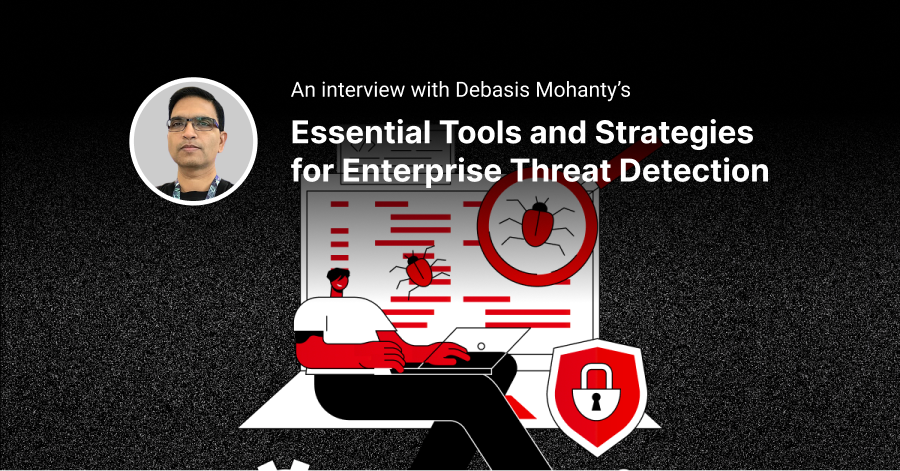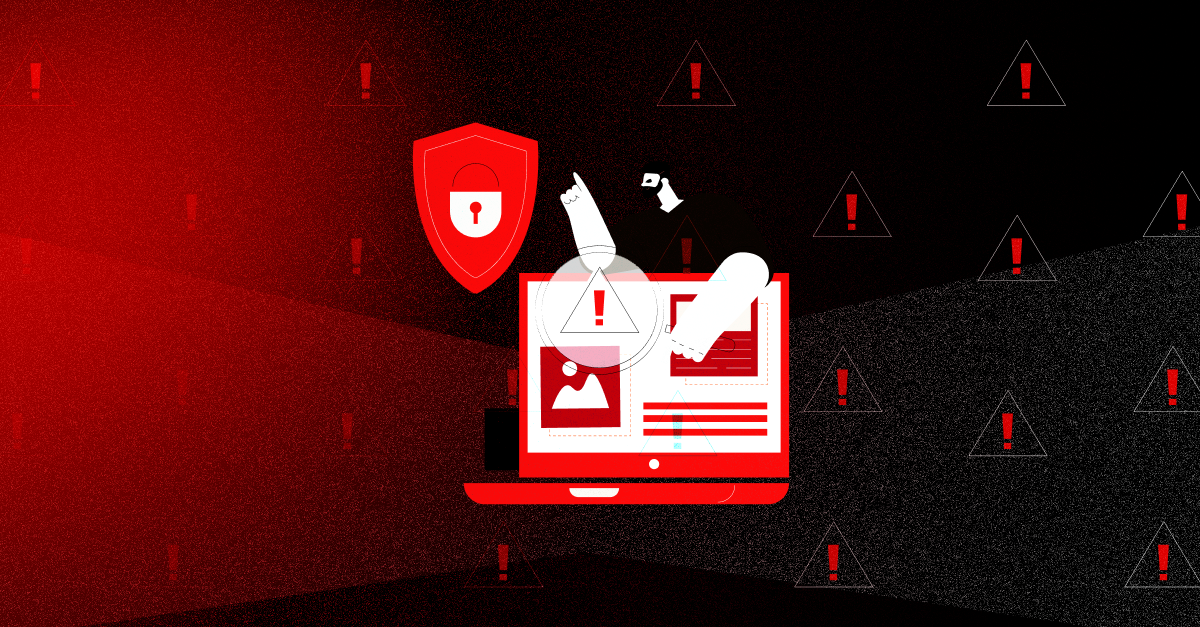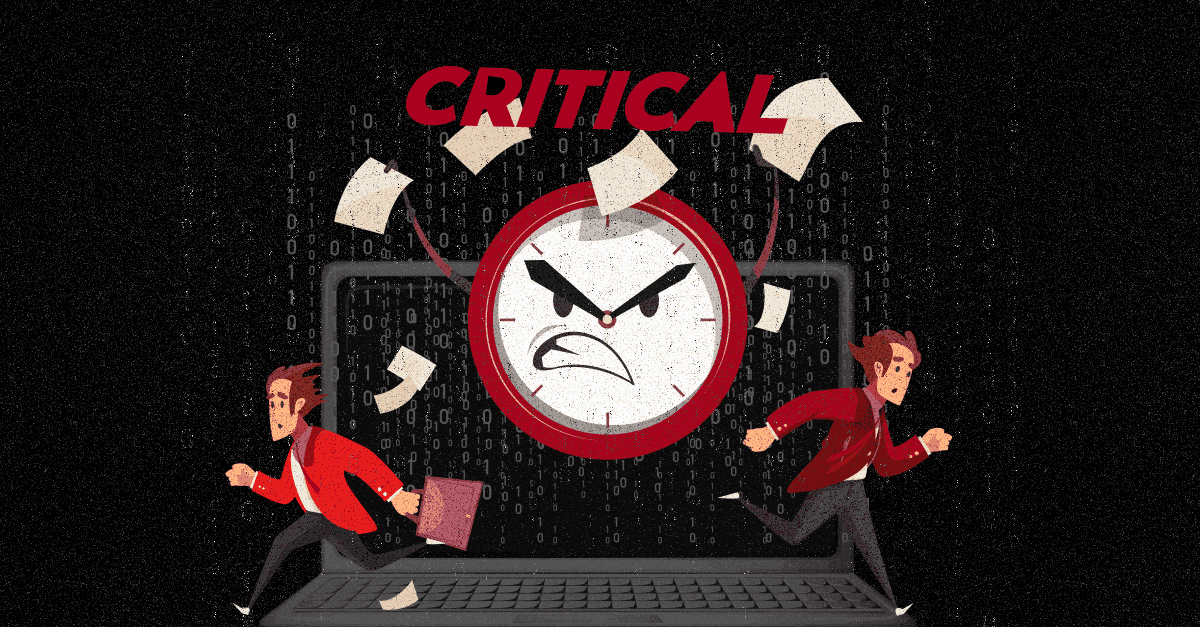A cybersecurity framework is a set of standards, guidelines, and recommendations that organizations can follow to ensure the confidentiality, integrity and availability of their data and systems. One such framework is The Essential 8.
In this blog post, we're exploring what the Essential 8 is, and whether you need to comply with its recommendations.
What is the Essential 8?
The Essential 8 is a set of mitigation strategies developed by the Australian Cyber Security Centre (ACSC) to help organizations to better protect against cyber threats. It was first introduced in June 2017 as part of ASCS's Strategies to Mitigate Cyber Security Incidents, prioritized mitigation measures to help cyber security professionals in all organizations in managing cyber security incidents caused by a range of cyber threats. The Essential 8 are supposed to be the most effective out of Strategies to Mitigate Cyber Security Incidents. Put simply, they are 8 actions that an organization can take to reduce the likelihood and impact of a cyber security incident. Moreover, proactively implementing the Essential Eight can be more cost-effective in terms of time, money, and effort than responding to a large-scale cyber security event.
This strategy focuses on the most important security controls which, when implemented properly, provide a strong foundation for defending against common cyber threats. The Essential 8 approach is based on controls such as: Applying Security Updates, Application Whitelisting, Configuring Microsoft Office macro settings, Disabling unnecessary services and protocols, Minimizing administrative privileges, Restricting physical access to systems, Using application sandboxing and Using Multi-Factor authentication. All of these controls offer an important layer of cyber security, and should be implemented to ensure that your organization is protected against malicious attacks.
The Essential 8 Maturity Model
The Essential 8 Maturity Model was developed in order to support organizations to implement the Essential 8. While adopting the Essential 8, organizations must set a target level of maturity appropriate for their environment and then gradually work towards achieving this level. This model provides organizations with a roadmap for assessing where they are on the road to compliance and how close or far away they are from meeting the requirements.
The Essential 8 Maturity Model is divided into four levels: Level Zero, One, Two, and Three. Maturity Level 0 means that the organization is not secure at all; Maturity Level 1 indicates the most level of safety, Level 2 covers some of the recommendations while Level 3 criteria are significantly more strict. Each level is broken down into eight components, which include Patching and Vulnerability Management, Configuration Management, Application Security Testing and more. By working through these components in each level, you can measure your progress toward compliance.
It’s important to note that reaching each level can take some time depending on what resources you have available and how complex the security landscape is within your organization. However, investing time and energy in this process can pay off significantly in terms of increased safety and security of digital assets.
For a detailed view of each maturity level, including more information about each component, please see: https://www.cyber.gov.au/acsc/view-all-content/publications/essential-eight-maturity-model
Benefits of Implementing the Essential 8
When it comes to protecting your organization against cyber threats, implementing The Essential 8 framework can provide significant advantages. Here are some key benefits you can expect:
Enhanced Security Posture: The Essential 8 offers a strong foundation of security controls that, when properly implemented, can bolster your organization's defense against common cyber threats. By applying these measures, you'll be better prepared to prevent, detect, and respond to potential attacks.
Reduced Risk of Cyber Incidents: With the Essential 8's focus on critical security controls like patching applications and operating systems, configuring Microsoft Office macro settings, and implementing multi-factor authentication, you can significantly reduce the likelihood of security incidents. In fact, organizations that use multi-factor authentication can reduce the risk of account compromise by up to 50%.
Cost-Effectiveness: Proactively adopting the Essential 8 controls can be more cost-effective than dealing with the aftermath of a cyber attack. The cost of a data breach has reached a record-high global average of $4.45 million. Implementing security measures upfront can save your organization from such hefty expenses.
Compliance and Assurance: Following the Essential 8 framework can help your organization meet compliance requirements set by various industry standards and regulations. It also provides assurance to stakeholders, customers, and partners that you take cybersecurity seriously.
Better Incident Response Capability: By working through the Essential 8 Maturity Model, your organization can develop a systematic approach to incident response. This ensures that if a security incident does occur, you'll be better equipped to handle it promptly and effectively.
Key Challenges in Adopting the Essential 8
While the Essential 8 brings numerous benefits, there are some challenges organizations may face during the adoption process:
Resource Constraints: Implementing the Essential 8 controls might require additional resources, both in terms of budget and skilled cybersecurity professionals. Small and medium-sized organizations, in particular, may find it challenging to allocate sufficient resources.
Resistance to Change: Employees may resist some security controls, such as application whitelisting or the restriction of administrative privileges, as it might impact their daily workflows. Overcoming resistance and ensuring proper user education are vital.
Regular Monitoring and Maintenance: Cyber threats evolve rapidly, and maintaining compliance with the Essential 8 requires ongoing monitoring and updating of security measures. This can be a resource-intensive and time-consuming process.
Is The Essential 8 For Australian Organizations Only?
The Essential 8 plays a crucial role in the broader landscape of cybersecurity frameworks. While it was developed by the Australian government, its principles are applicable and relevant on a global scale.
Some of the key roles it serves are:
Baseline Security Standard: The Essential 8 provides a baseline of security measures that organizations can build upon. It sets the minimum level of security controls that all organizations should consider implementing.
Complementing Other Frameworks: The Essential 8 can complement other widely used cybersecurity frameworks, such as the NIST Cybersecurity Framework or ISO/IEC 27001. Organizations can use the Essential 8 as a starting point and then tailor their security practices according to specific industry requirements.
Promoting Cybersecurity Awareness: By advocating for the adoption of the Essential 8, governments and cybersecurity experts raise awareness about the critical importance of cybersecurity best practices across different sectors.
Continuous Improvement: The Essential 8 Maturity Model encourages organizations to continuously improve their security posture. The model's incremental approach enables organizations to gradually progress towards higher levels of security maturity.
While developed by the Australian government for Australian organizations, The Essential 8 are not just applicable to Australian businesses and government entities. Any business operating in any industry and governments around the world can consider adopting the framework for their own benefit. The security controls in the Essential 8 are recommendations based on the experience of Australian organizations with security breaches, so the rest of us can look to this framework as guidance to know what to implement and what to avoid.
Besides, many developed countries have similar cybersecurity regulations that closely resemble the Essential 8. While there may be unavoidable discrepancies, the underlying principles behind these regulations is to limit the likelihood of exploitation.
All government agencies and departments of the Australian government must comply with the Essential 8. However, enterprises don't necessarily have to comply unless the regulations meet their specific requirements.
The Essential 8 Security Controls(Updated November 2022)
Here's a quick rundown of the security controls you should implement as part of the Essential 8:
- Application Control - This security control is used to approve or deny applications running on your network. Only authorized applications are allowed to run in your environment and other apps are not allowed access to your data.
- Patch Applications - Unpatched applications are a prime target for exploitation. Patch applications in a timely manner to limit exposure to security vulnerabilities.
- Configure Microsoft Office Macro Settings - Macros can be used by hackers to run malicious code and install malware on your system. It is advised to configure Macros such that only approved and trusted macros can be executed. And individuals that don't need to work with Macros must not be able to run it on their devices.
- User Application Hardening - User application hardening involves disabling features and functionalities in your programs that aren't needed for day-to-day operations, and/or removing applications that aren't required in order to prevent cyber attacks. For example, blocking ads or pop-ups on your web browsers can significantly reduce opportunities for attackers to enter your system or network.
- Restrict Administrative Privileges - Administrative accounts or privileged accounts are often the most targeted accounts in a cyber attack and can be an easy entrance into your network. Restricting privileges can help limit access to your system and thereby reduce the likelihood of malicious activities.
- Patch Operating Systems - Patching operating systems is critical for keeping them up to date and secure as unpatched systems are much more likely to be exploited. It is recommended to install updates and patches as soon as they are released.
- Multi-factor Authentication - Multi-factor authentication is a security practice that adds an extra layer of protection to a system. This helps to ensure that only authorized users are able to access a system, which helps to protect sensitive data and systems against malicious attacks.
- Daily Backups - Multiple backup copies of new and old data ensures that lost or corrupted data can be recovered in the event of a system failure or security incident. This protects the confidentiality, integrity, and availability of your data and systems.
Conclusion
The Essential 8 framework is an effective way to ensure your organization is protected against cyber threats. As a baseline of protection, it provides organizations with a comprehensive set of measures that can help them defend against common cyber threats. By implementing these 8 controls, you can drastically reduce the likelihood of a security incident and the impact it may have on your organization. It is important to understand that reaching each level of compliance takes time, but it is well worth the effort in order to protect your digital assets. Finally, while this framework was initially developed for Australian organizations, it can be applied to any organization looking to improve their security posture.
At Threat Intelligence, we're a team of security experts with extensive experience in Australia and around the world.
Contact us
to learn how we can help you implement the Essential 8 framework and more in your enterprise.








